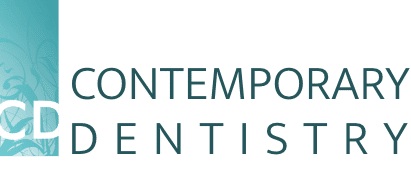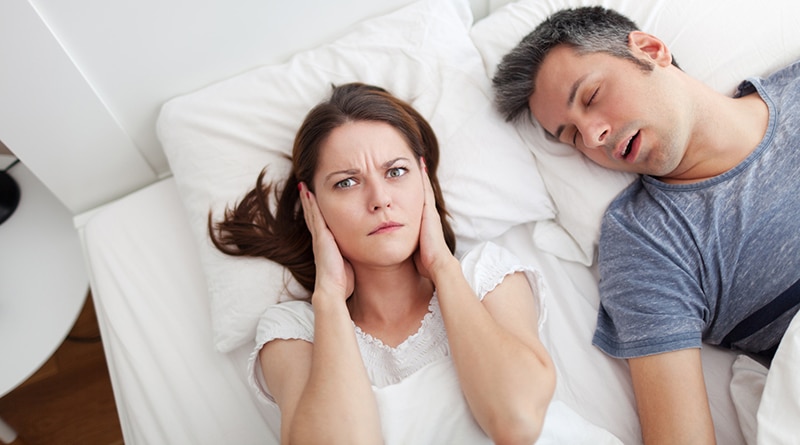Understanding Sleep Apnea
Snoring is the most common warning sign of sleep apnea. It’s the result of turbulent airflow in your nose, mouth, or throat. When your airway is restricted, the smooth flow of your breathing becomes disrupted. This disrupted airflow causes vibrations in the soft tissues, and these vibrations are what we hear as snoring.
Occasional snoring might be caused by nasal congestion or irritation that causes inflammation. But most commonly the culprit is the tissues of the neck. During the day, your airway is held open by gravity and also by the active muscles in your throat. At night, though, you lie down, and gravity starts pulling your airway closed, not open. When you fall asleep, your muscles relax, and that’s when your airway starts to narrow.
What happens when your airway doesn’t just narrow, but collapses completely? That’s what we call sleep apnea. The shut off airflow critically reduces oxygen levels in the brain. In response, your brain panics and wakes slightly. It stimulates your heart to pump harder and tells your throat to open up again. The oxygen shortages and sleep interruptions injure the brain, and the repeated calls for the heart to work harder lead to heart strain. As a result, this is associated with many serious health conditions, including:
- Diabetes
- High blood pressure
- Heart disease
- Heart attack
- Alzheimer’s disease
- Depression
- Sexual dysfunction
- Kidney disease
And many more. In fact, people with sleep apnea are much more likely to die than people. The most common cause of death is heart-related conditions, but car accidents, suicide, and diabetes-related conditions contribute to the death toll of sleep apnea.
Treatment
To treat sleep apnea, we have to make sure that your airway stays open. This means giving the soft tissues of your airway some much-needed support. Fortunately, we have a built-in support for your airway in the form of your jaw, the primary bony support for much of your upper airway. Mandibular advancements devices (MADs), the most common type of oral appliance for sleep apnea, works on this principle. By moving your jaw forward, the appliance utilizes its bony support to help keep the airway open. This works well for sleep apnea, though many doctors will want to start you with a treatment known as CPAP (continuous positive airway pressure).
CPAP uses a pump to force air into your throat and lungs, which keeps the airway open, and keeps your oxygen supply going. This treatment really works if you use it, but many patients don’t, and therefore they remain at risk for the serious problems. Many people enjoy MADs more and choose them over CPAP.
To learn more about your options for snoring and sleep apnea treatment in Rochester, please call (585) 244-3337 or email us for an appointment at Contemporary Dentistry in Rochester, NY.

